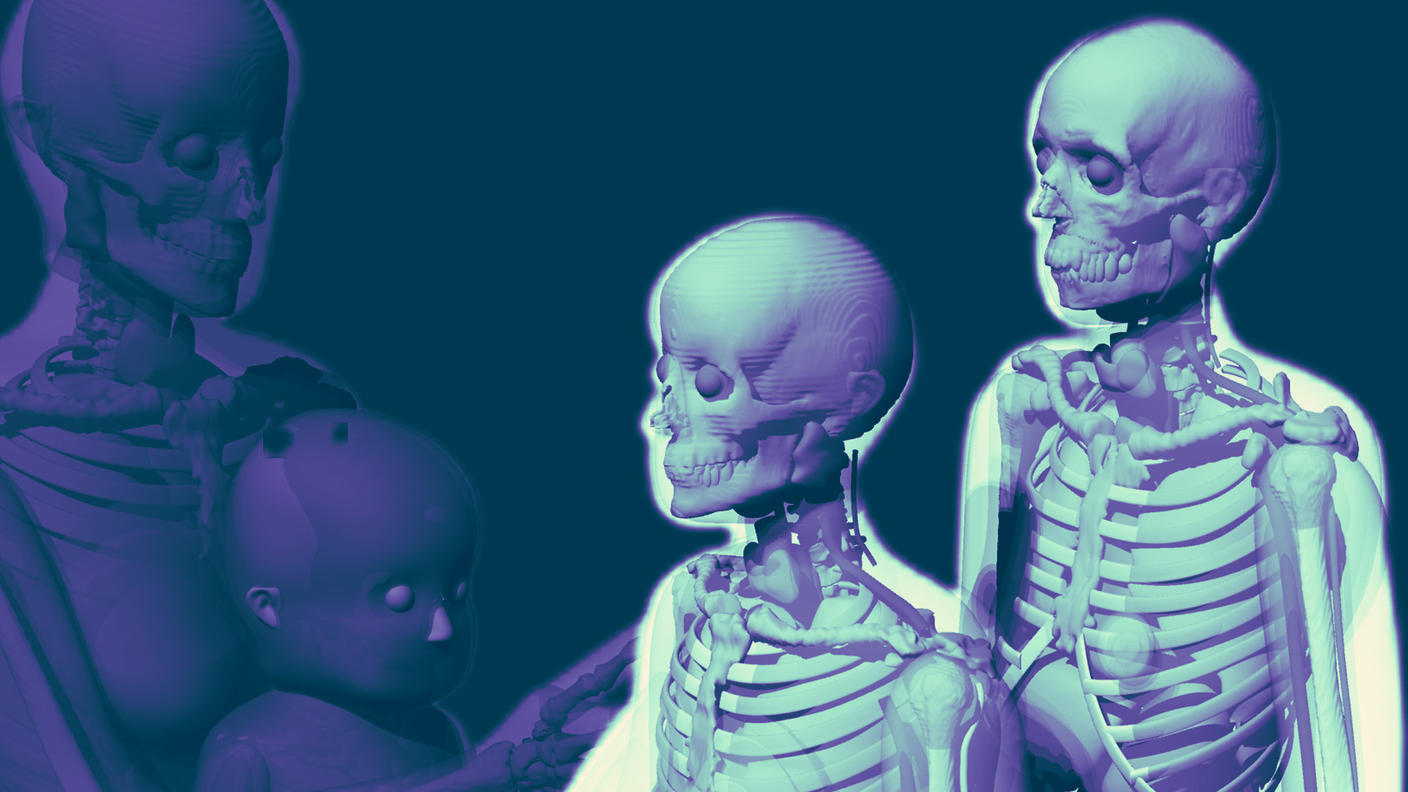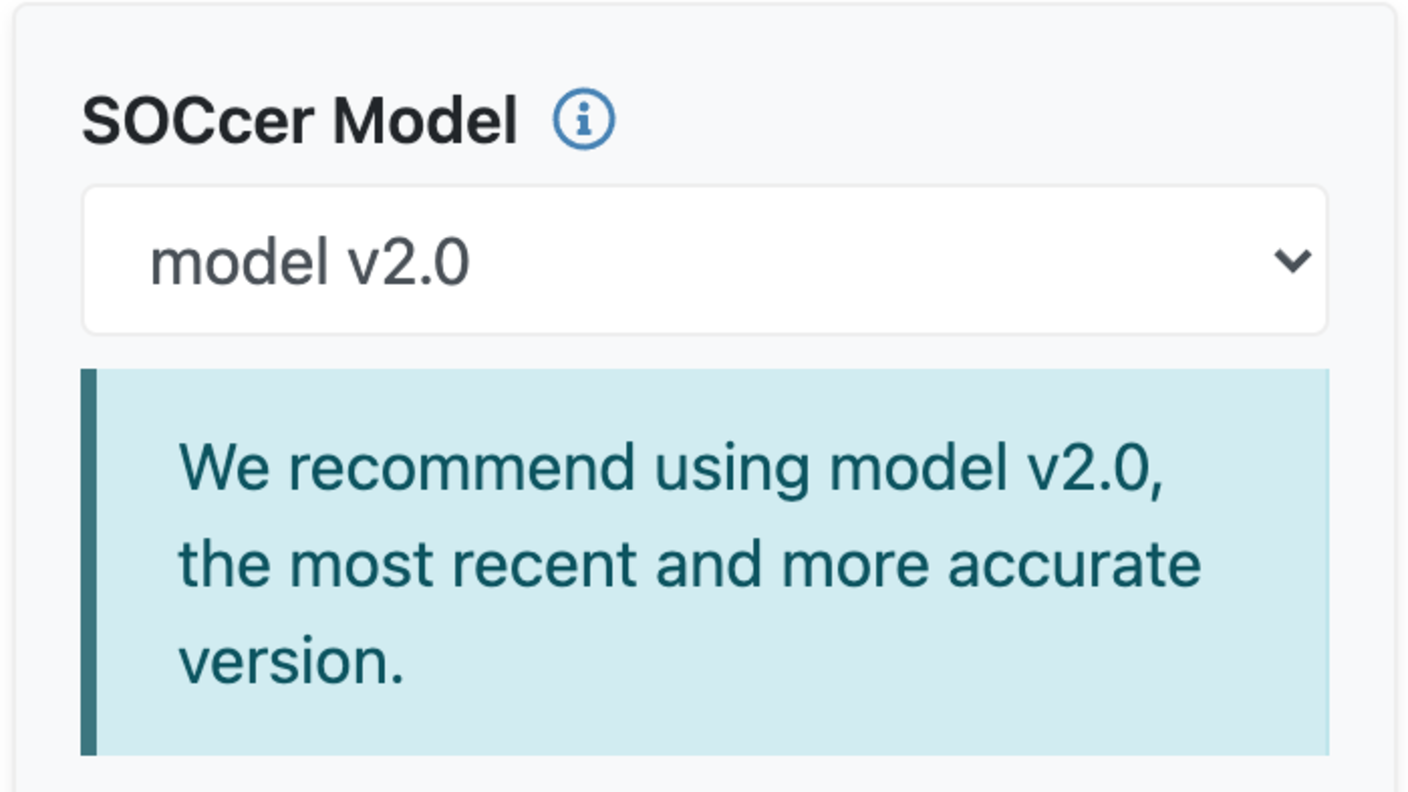Exposure Assessment Tools
Diet and Activity
-
ACT24: Activities Completed over Time in 24 Hours
Activities Completed over Time in 24-hours (ACT24) is a web-based previous-day recall instrument that was designed to estimate daily summary values for physical activity and sedentary behavior, including energy expenditure, time spent sitting and in different types and intensities of physical activity.
-
Automated Self-Administered 24-hour Dietary Assessment Tool (ASA24)
ASA24 is a freely available web-based tool for epidemiologic, interventional, behavioral, or clinical research from NCI that enables multiple automatically coded self-administered 24-hour recalls and food records. There are U.S., Canadian, and Australian versions.
Occupation and Environment
-
Pesticide-Exposure Matrix
The "Pesticide-exposure Matrix" was developed to help epidemiologists and other researchers identify the active ingredients to which people were likely exposed when their homes and gardens were treated for pests in past years.
-
SOCcer: Standardized Occupation Coding for Computer-assisted Epidemiologic Research
Software to code free-text job descriptions into standardized occupation classification codes to assist researchers in incorporating occupational risk factors into their studies.
Ionizing Radiation
-
Radiation Dosimetry Tools: NCIDose
NCIDose is a collection of medical radiation dosimetry tools developed by radiation physicists in the Radiation Epidemiology Branch. These tools can be used to estimate the radiation organ doses received by patients undergoing diagnostic or therapeutic procedures.
-
Radiation Risk Assessment Tool (RadRAT)
Descriptions of an online calculator for estimating the lifetime risk of cancer incidence for members of the U.S. population (or countries with similar cancer incidence rates) from exposure to ionizing radiation for doses below 1 Gy.
-
Interactive RadioEpidemiological Program
The Interactive RadioEpidemiological Program (IREP): Probability of Cancer Causation from Radiation contains a collection of risk coefficients for cancer incidence obtained mainly from the Japanese Atomic Bomb Survivors' Study, and other epidemiological studies. The risk coefficients are adjusted for random and systematic errors in the A-bomb survivors' dosimetry, and they are adapted for the U.S. population. Appropriate adjustments of the coefficients are made for low-dose and low-dose-rate exposure situations. The uncertainties in every component are fully expressed and propagated.
Featured Exposure Assessment Tools
-
 NCIDose: Radiation Dosimetry Tools
NCIDose: Radiation Dosimetry ToolsA collection of medical radiation dosimetry tools developed by radiation physicists in the Radiation Epidemiology Branch.
-
 SOCcer: Standardized Occupation Coding for Computer-assisted Epidemiologic Research
SOCcer: Standardized Occupation Coding for Computer-assisted Epidemiologic ResearchSoftware to code free-text job descriptions into standardized occupation classification codes.
-
 ACT24: Activities Completed over Time in 24 Hours
ACT24: Activities Completed over Time in 24 HoursThis is a web-based activity evaluation tool developed by the NCI that enables participants to enter the activities they engaged in during the previous day.